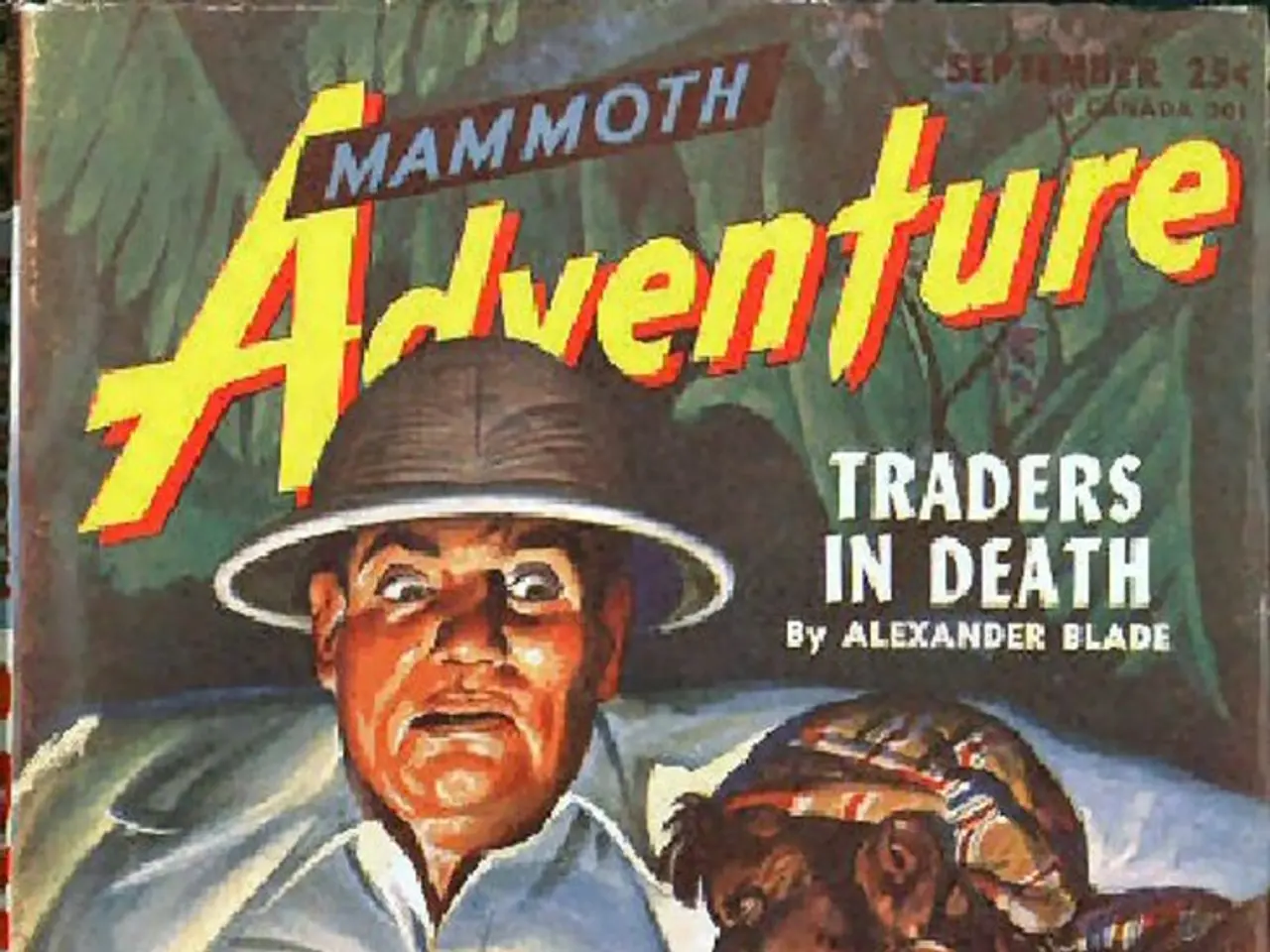Guide for Analyzing Cinematic Plots and Character Transformations
In the world of cinema, a compelling film often captivates audiences with a well-crafted narrative structure that guides the audience through a journey of emotion and meaning. To understand how films convey these elements effectively, it's essential to dissect the narrative structure, character arcs, themes, and motifs.
Narrative Structure
Examining the overall story framework is the first step in analyzing a film. Look for the beginning, middle, and end structure, understanding how tension and conflict build and resolve. The narrative structure usually follows a three-act structure: setup, confrontation, and resolution. The climax is the story's peak tension, where characters react, while the resolution is the conclusion of the character's journey, showcasing their evolution and the lessons learned.
Character Arcs
Studying how characters evolve throughout the story is crucial. Note changes in their goals, motivations, and psychological growth or regression. Identify their dominant emotional strategies or traits and how their relationships create tension and drive the narrative forward. The midpoint is a significant turning point where the character's trajectory changes, often revealing deeper layers of their personality.
Themes and Motifs
Identifying recurring ideas, symbols, or patterns (motifs) that reinforce the film’s deeper meanings is another important aspect. Themes are often conveyed through dialogue, visual elements, and character interactions, and can reflect broader social, cultural, or psychological issues.
Practical Tools
To help with analysis, practical tools like storyboards and script breakdowns can be utilised. Storyboards provide visual sequences to map out scenes and the flow of narrative, helping to visualize pacing, mood, and character dynamics. Script breakdowns allow for an in-depth analysis of scripts by breaking them into scenes, character objectives, and key narrative functions, making it easier to track plot progression and character development.
Supporting methods include applying thematic analysis to identify patterns and motifs in the narrative, mapping relationships between characters to clarify conflict and emotional arcs, considering mise-en-scène, cinematography, and editing as complementary to narrative analysis, using character maps to visualize dramatic tension and scene-by-scene progression, and engaging with interdisciplinary techniques to merge literary narrative analysis with audiovisual specifics.
By integrating story structure, character psychology, thematic insight, and practical visualization tools like storyboards and script breakdowns, a comprehensive film narrative and character analysis can help to organize and clarify the complex elements of film storytelling.
- In the realm of filmmaking, a cinema director plays a crucial role in establishing the genre, tone, and overall narrative structure of a film.
- A well-crafted screenplay, combined with a skilled filmmaker's perspective, ensures the film's reviewers find it engaging and thought-provoking.
- Animation films often employ unique narrative structures, depending on the genre and director's vision, to deliver captivating entertainment experiences.
- Education and self-development materials often use cinematic techniques to discuss complex themes and motivate viewers, making them an integral part of our lifestyle.
- Analyzing the narrative structure, character arcs, themes, and motifs in films has become an essential aspect of the entertainment industry, shaping the criticism and appreciation of many filmmakers' works.
- Understanding the script, storyboard, and other practical tools employed in the filmmaking process provides a deeper insight into a film's creative journey and the vision of its creator.




